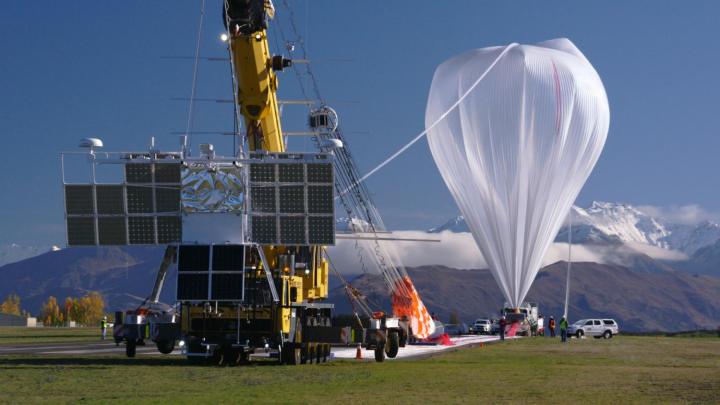
In recent days, its gargantuan balloon set a new flight record for a mid-latitude scientific research balloon of 46 days, 2o hours and 19 minutes, well short of its 100-day goal but still impressive.
The 18.8-million-cubic-foot (532,000-cubic-meter) balloon, together with its payload, was brought down in a mountainous area about 20 miles north of Camana, Peru. NASA decided to bring the mission – the balloon’s second – to an early close after operators started noticing dramatic altitude variations, apparently caused by storms and extreme fluctuations in air temperature that may have affected the balloon’s helium levels.
The SPB is designed to float at around 110,000 feet. However, during its latest mission it occasionally dropped to 80,000 feet, and on one occasion fell to 70,000 feet when flying over a severe storm.
Project leader Debbie Fairbrother noted that as balloons are thermal vehicles, altitude variance has to be expected during periods of extreme cooling and heating. But the magnitude of the changes during this latest mission led NASA to cut it short.
Despite the problems, Fairbrother remained upbeat. “We’re extremely pleased with the flight time we achieved with this mission, far and away the longest mid-latitude flight of a NASA heavy-lift balloon to date,” she said, adding, “We’ll continue to strive for even longer duration flight, 100 days or more, and what we learn from this year’s mission will help take us there.”
NASA said that besides the record-breaking flight time, it was also the first time its SPB had carried a science payload, in this case the Compton Spectrometer and Imager (COSI). In May, COSI managed to detect a gamma ray burst, a phenomenon that consists of the most energetic form of light and which is linked to many types of deep space astrophysical sources, among them supernovas and the formation of black holes.


